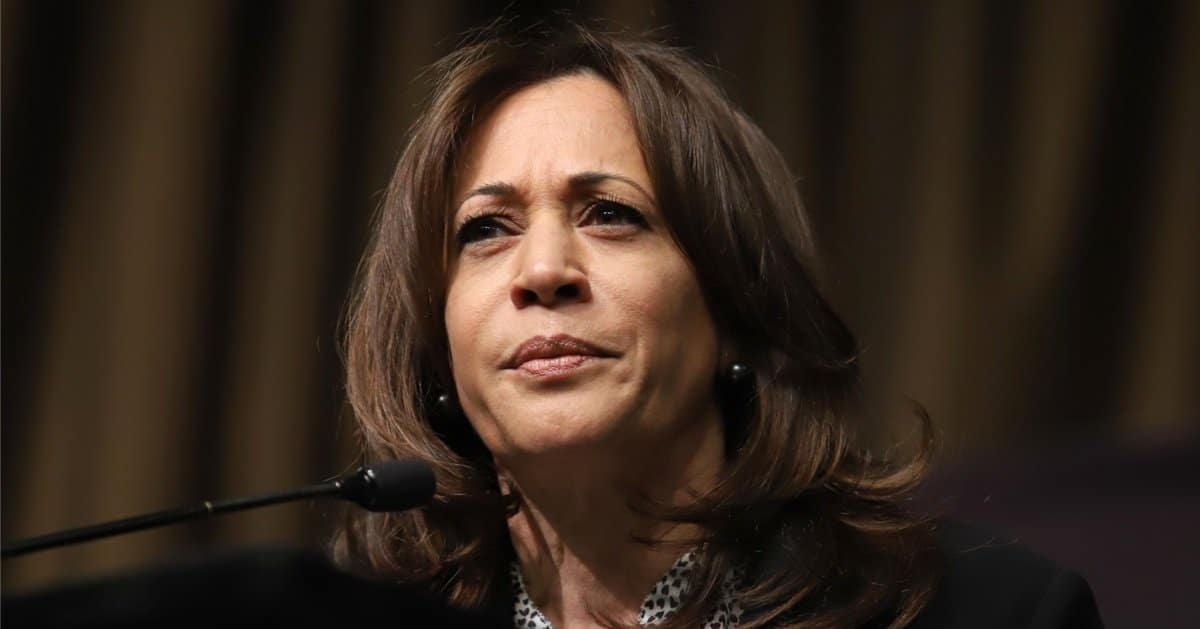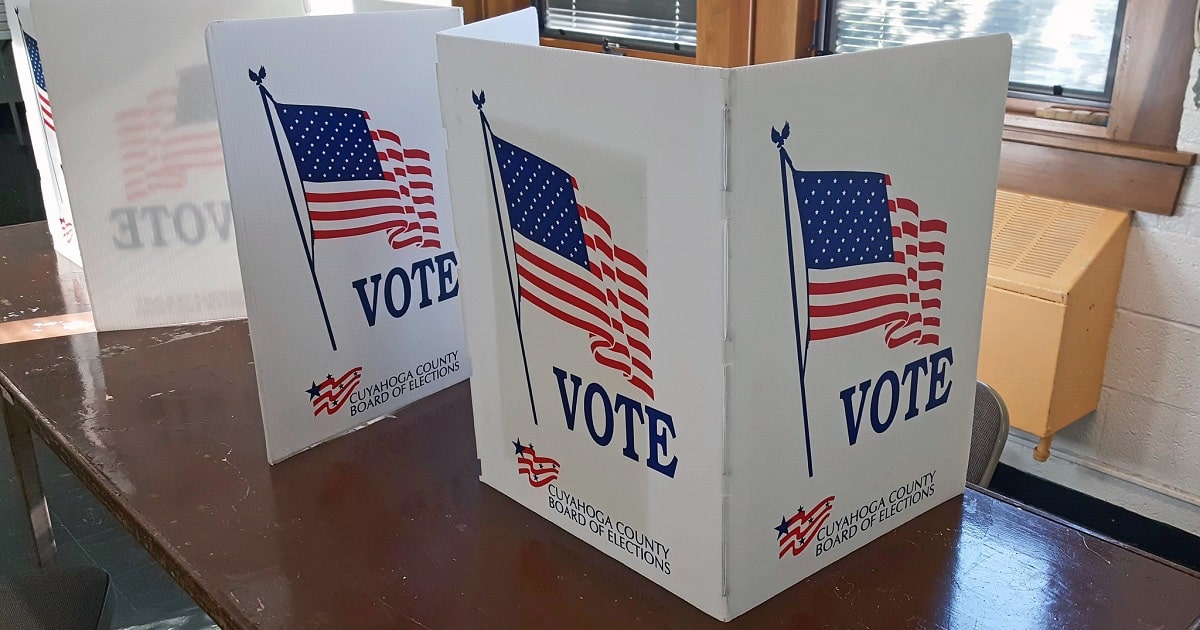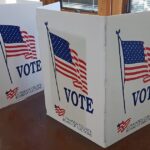




In an escalating controversy, Governor Jeff Landry of Louisiana has advocated for a unique approach to parental concerns regarding religious displays in public schools: advising them to instruct their children simply not to look.
The Hill reported that this response comes after Landry signed a contentious law mandating the placement of the Ten Commandments in every public school classroom across the state, in a format that ensures they are prominently visible.
Following the recent mandates by Governor Landry, legal challenges have swiftly been mounted by groups asserting a violation of constitutional rights.
The law, crafted to integrate religious principles explicitly within educational environments, has ignited intense debates around the separation of church and state—a foundational principle of the United States Constitution.
Almost immediately after Landry's legislation was signed, it drew legal fire from a diverse coalition of parents and civil rights organizations, including the prominent American Civil Liberties Union (ACLU).
The ACLU has been vocal in its criticism, labeling the law as a clear encroachment on the constitutional separation of church and state.
They argue that it imposes a specific religious viewpoint on all students, irrespective of personal belief or parental choice, which goes against the First Amendment's protections that allow individuals to freely choose and practice their own religion—or none at all—without government influence.
"The law violates the separation of church and state and is blatantly unconstitutional," remarked an ACLU representative.
"The First Amendment promises that we all get to decide for ourselves what religious beliefs, if any, to hold and practice, without pressure from the government. Politicians have no business imposing their preferred religious doctrine on students and families in public schools," they added, highlighting the intrusive nature of the law.
Despite the backlash, during a press conference held last Monday, Governor Landry remained dismissive of the criticisms. He suggested that those opposed should simply avoid engaging with the religious text. "Tell your child not to look at them,” Landry stated, addressing concerned parents directly.
Adding to the contentious atmosphere, Governor Landry also expressed a somewhat nonchalant attitude towards the widespread concern, questioning the validity of the uproar surrounding the law. “Really and truly, I don’t see what the whole big fuss is about,” he commented, further alienating opponents of the legislation.
This law's implementation has been temporarily halted as the courts consider the legal challenges presented. This stay reflects the serious constitutional concerns raised by opponents and ensures that no irreversible actions are taken while the matter is still under judicial review.
Louisiana's new law has become a focal point in the broader national dialogue regarding the role of religion in public spaces, particularly within educational settings.
It underscores an ongoing national debate about religious freedom versus the imposition of specific religious views in public schools, which are intended to be secular environments where students of all backgrounds can learn without religious influence.
The situation in Louisiana serves as a case study in the balance—or tension—between individual liberties and governmental policies.
As the legal proceedings unfold, they will likely set precedents that could influence similar laws across the United States.
As legal experts, educators, and parents watch closely, the future of Governor Landry's law hangs in balance. The resolution of this case could either reinforce the traditional separation of church and state or open the door for more religious elements to be integrated into public educational settings.
This legal decision will not only affect Louisiana but could also send ripples across the entire nation, influencing educational policies far beyond state lines.
In conclusion, the mandated display of the Ten Commandments in Louisiana's public schools sparks a significant legal and social challenge, highlighting the delicate balance between religious freedom and the constitutional guarantees of a secular government.
The outcome of this challenge may influence similar measures nationwide, reinforcing or reshaping the boundaries between religion and education.



